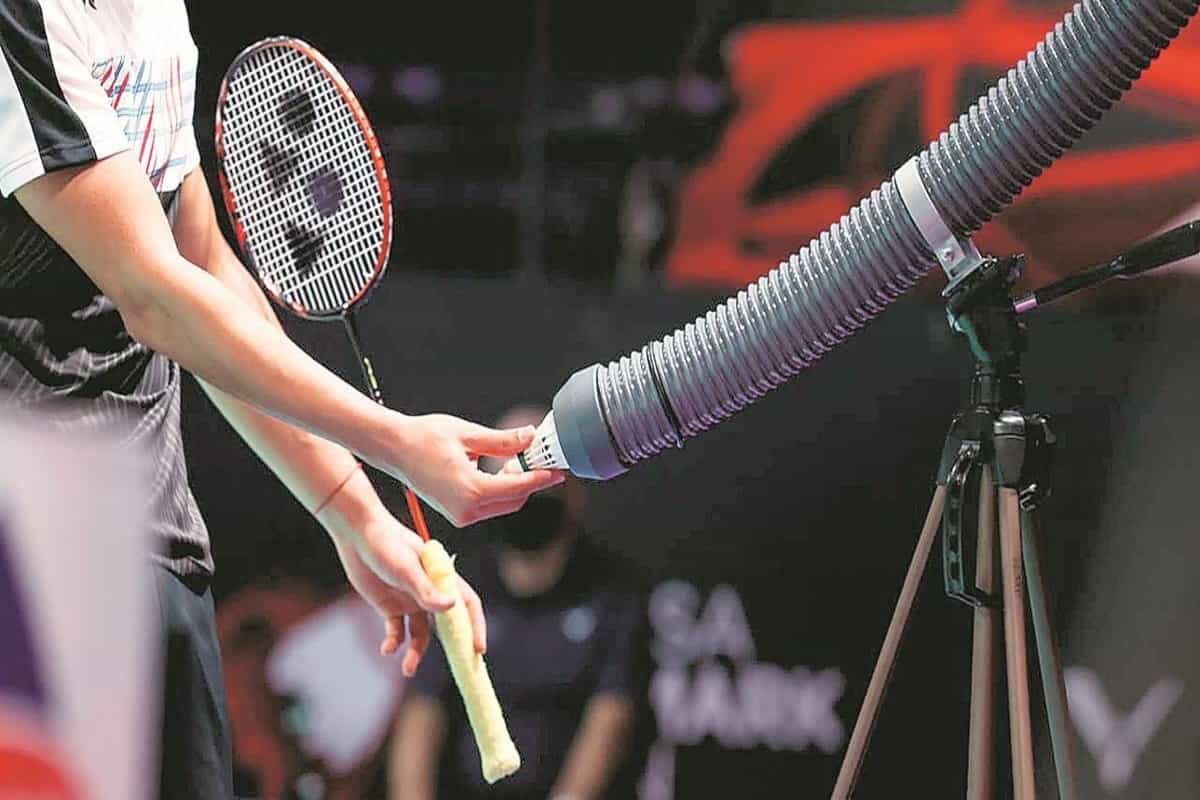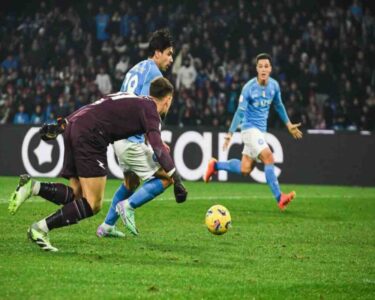THIS BIO-BUBBLE allowed shuttlers in Odense for the Denmark hospitable exit to a grocery or a restaurant — and up to 500 spectators inside the competition hall.
The unique arrangement was what four Indians — Kidambi Srikanth, Ajay Jayaram, Lakshya Sen and Subhankar Dey — settled into last week as badminton cagily rebooted into action. And while it took a couple of days for them to regulate to the present new abnormal, some changes served as constant reminders of the pandemic.
For one, India’s support staff struggled to draw up game dossiers on opponents. Earlier, they might diffuse round the arena and take notes on potential opponents’ form and fitness, given the most coach was focused on the Indian on court. But this point , they stayed faraway from the stands for fear of exposure to untested spectators who trooped in through the turnstiles.
“Usually, we might be at the stadium an hour before and watch potential match-ups as preparation. the most important change is we couldn’t watch others’ matches as organisers didn’t want players and support staff to be anywhere near the spectators,” says India trainer and physio Kiran Challangundla.
“It’s not clear yet how the virus behaves indoors. Even guidelines for safe distance indoors are different — some say 2 metres, some say 3 feet. I also read that the virus could travel 40 feet indoors. So we made the safest choice… (But) sitting in India you would possibly recover angles! For us, it’s sort of a webcam — only one angle from one side during a room outside the hall,” he says.
While only three courts were operational within the early rounds as matches started last Tuesday rather than Wednesday, other changes became the norm within the tournament that ended Sunday. A shuttle dispenser pushed out birds from a rubber pipe. The chair umpire sat for 2-3 matches during a row. Line judges were masked. most importantly , coaches — just one per player — were all mic-ed up so you’ll hear their instructions.
Music had been ringing call at the first rounds, even during points. In-stadia sponsor banner flexes had Danish product names on display in Chinese and Korean — with an eye fixed on the Asian market — though this wasn’t strictly pandemic-related. And testing followed a timeline. “Once before we left, then as soon as we entered the hotel reception and another test (during the tournament),” Kiran says.
Badminton’s resumption has been hardly smooth after the large comeback, Thomas Uber Cup, was aborted thanks to withdrawals. Scaling back, the Badminton World Federation managed to stay the Denmark Open on schedule, more as an attempt run than a full-fledged show.
Unlike the IPL or the constricting bubbles of early German football, badminton has eased the terms of consented confinement a tad. So one could exit and grab a meal or hop off to a close-by grocery , if the organisers deemed it safe.
Stores in Odense never really crowd up much, but in allowing spectators, after Denmark tested this in other indoor sports like handball, the organisers walked a skinny line of keeping players safe — nobody tested positive — while still letting in fans.
Masks haven’t been imposed outdoors but the principles are strict about them in enclosed spaces. “There were police inside to see at train stations or malls or maybe at breakfast,” Kiran says, adding that the thinking was perhaps direct exposure to the sun means the virus are often tackled better in open spaces. “While sitting at the table and eating was the sole time you’ll remove the mask. If you had to travel to the spread laid out at the buffet, you had to mask up again,” he says.
“Country-wise tables were assigned during breakfast at the hotel,” said Ajay Jayaram, who lost to finalist Anders Antonsen within the first round. Of the four Indian men — the ladies chose to not travel — Srikanth managed to succeed in the quarterfinals before losing to World No 2 Chou Tien Chen.
In fact, soon after the pandemic broke out as early as February, the Indians were the primary among athletes to visit the Philippines for the Badminton Asian Team Championship.
“We had began a protocol even then. Masks are important but I even have always insisted on face shields during travel. Players can only have warm beverages from outside, if they need to . And no half-sleeves, the complete body must be covered in travel, plus sanitising hands every half hour. No touching hand rails or escalators. If there’s no face shield, they have to wear specs or goggles a minimum of ,” Kiran says.
Besides, the team hasn’t used the common gym, and relied on body weights, while anyone accessing warm-up areas is masked. But Kiran may be a little surprised at how fit most international shuttlers still are. “They have done an honest job, everyone was just wanting to resume,” he says.





